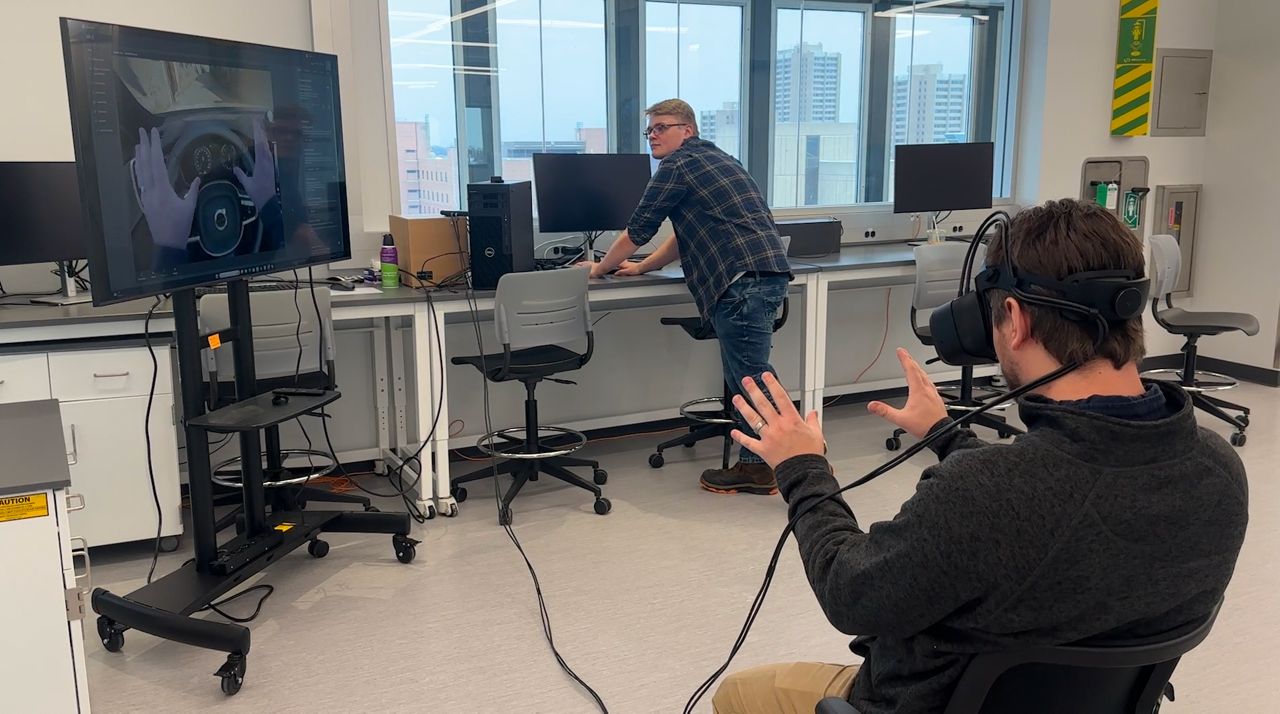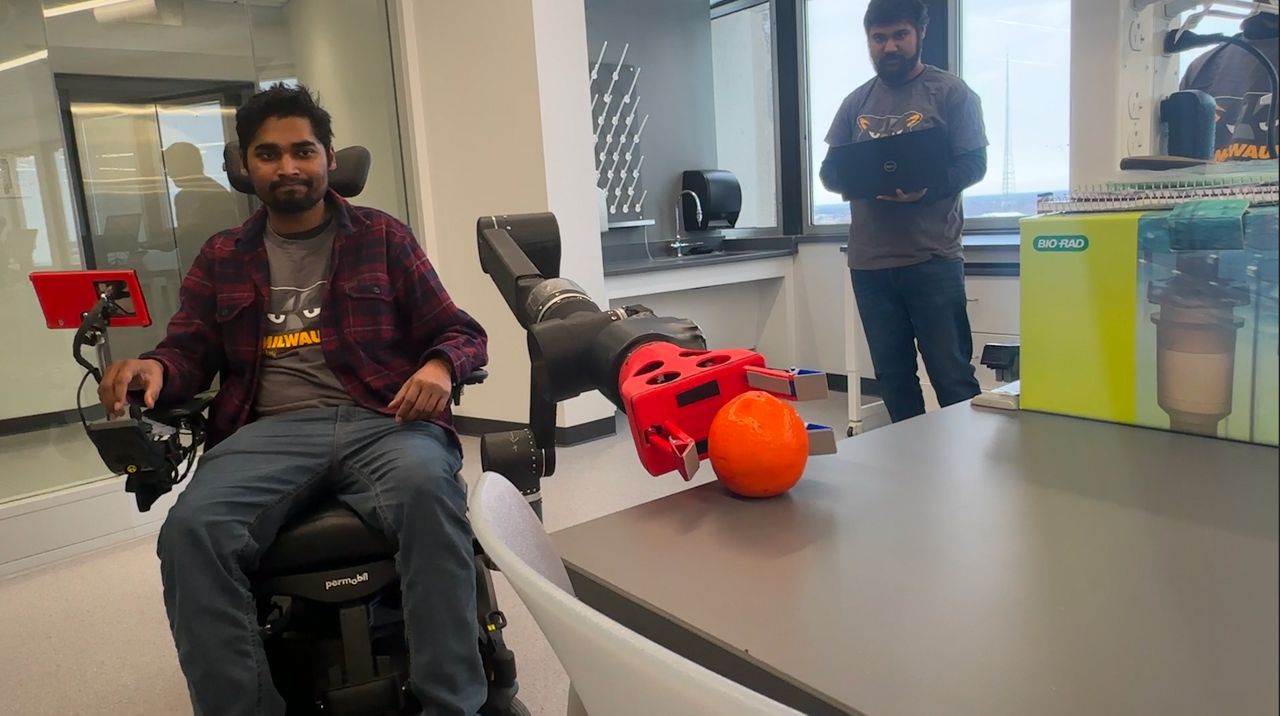MILWAUKEE — Researching PFAS and expanding understanding of virtual reality are just a few of the fields that the University of Wisconsin-Milwaukee is hoping to advance with its recently renovated research lab.
UW-Milwaukee’s Engineering and Mathematical Science building has been a prime research location since it opened in 1971.
However, its research space on the 9th and 10th floors had not been updated. That changed last year in November.
Zhiqin Quiang is a PhD student at UW-Milwaukee, focusing on material science and engineering.
She is working with several other students to use membrane technology to protect people from PFAS. That’s a chemical found in industrial and consumer products that can lead to health problems.
“We can remove the PFAS from the water so that we can get that drinking water by using the membrane,” said Quiang.
Quiang said that with this technology could also be used to remove PFAS from food products and pharmaceuticals.
“It can save energy, so it creates a lower cost for the separation, so we are going to use the membrane to save energy and decrease total U.S. energy consumption,” said Quaing.
Alec Brooken works on the other side of the lab. He is a junior in computer science focusing on virtual reality.

“We are just trying to further the development of virtual reality — whether that be in terms of manufacturing of just making that that virtual reality can be applied to more things in the future,” said Brooken.
Jerald Thomas is an assistant professor in computer science. He recently tested their virtual reality setup. Thomas said one of their goals is to help with efficiency in the industry.
“We can also do informative training sessions to train people how to use certain tools using specific equipment without actually having to have them there with the equipment, maybe it’s being set up, maybe they are in a different location at the time,” said Thomas.
Andrew Graettinger is the associate dean for research in the College of Engineering and Applied Science.
He said all of this research can happen in close proximity because the university received $6 million to renovate its research space.
Graettinger said he believes this will give research programs an advantage they didn’t previously have.
“When you think about PFAS, we might need somebody doing pumping, somebody doing sensing, someone writing computer programs,” said Graettinger. “The same with virtual reality. We need all of these different disciplines working together and these new research suites have been set up where we have faculty offices, student offices and research space all in one area so we can collaborate together much better.”

Quaing said her favorite part is that their research will live beyond this lab.
“It has a lot of meaning for doing this research and also, we can connect with the industry at the same time we can apply our research in the real industry as well. It’s like a win-win.”
For Quaing and others working in this space, it gives them a sense of pride that their work can one day lead to positive changes.



